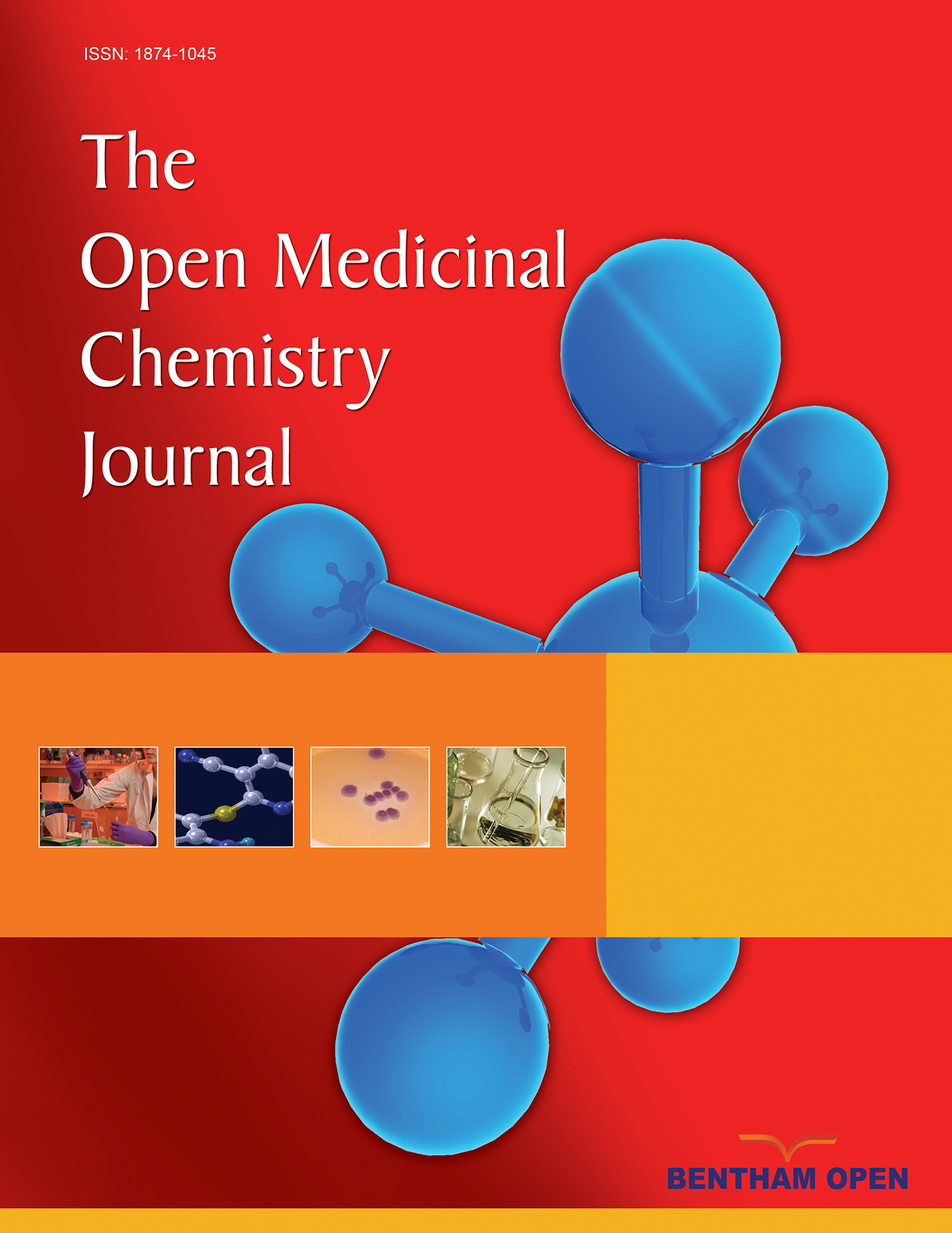Amylin Analogues in the Treatment of Diabetes Mellitus: Medicinal Chemistry and Structural Basis of its Function
Abstract
Amylin, (islet amyloid polypeptide) or diabetes-associated peptide is co-secreted with insulin in the islet of Langerhans of diabetic patients in approximately 1:100, amylin-insulin ratio. The soluble form of amylin, an analogue of amylin, is used as a supplement to insulin in the treatment of type 1 diabetes. Co-administration of amylin analogue with insulin to patients with type 1 diabetes induced a larger reduction in proprandial hyperglycemia, with a concomitant reduction in the level of glucagon when compared to insulin monotherapy. The actions of amylin analogues appear to be synergistic to insulin, with which it is co-released from insulin-producing beta cells after a meal. Amylin analogues such as pramlintide has been shown to significantly reduce body weight, HbA1c values and even the dosage of insulin. A moderate weight loss can also be achieved in obese patients with or without diabetes. A major side effect of some amylin analogues includes nausea and excitation of the area postrema. This review examines the medicinal chemistry of amylin and its analogues and their effects.


